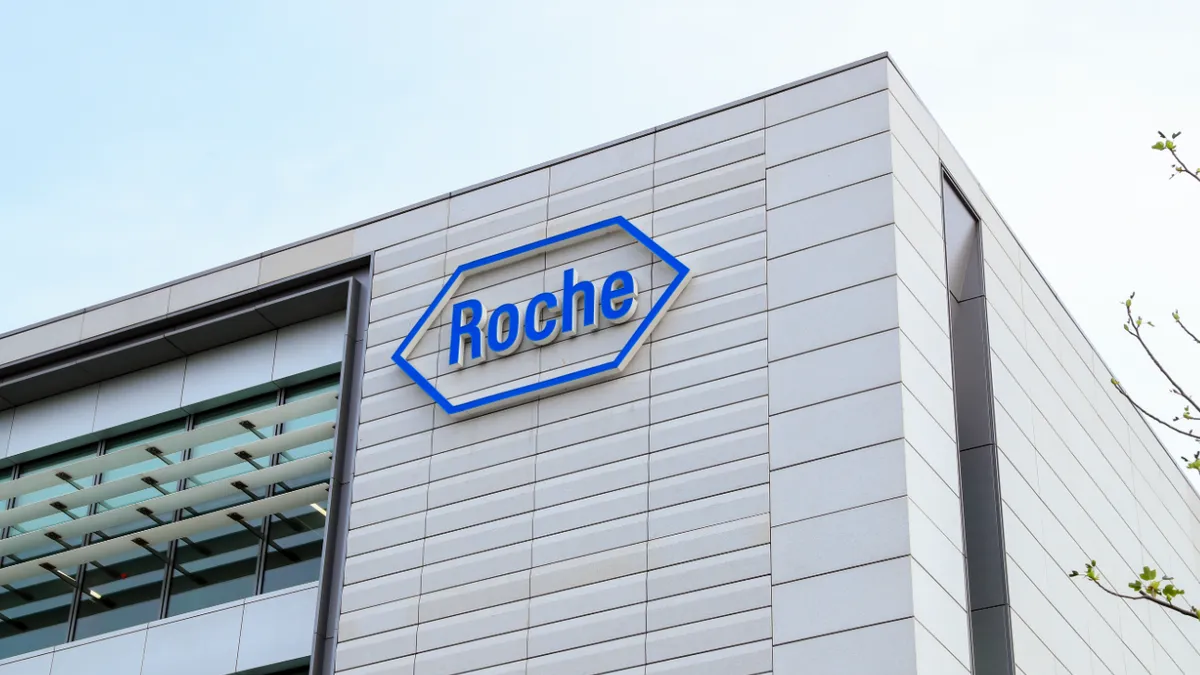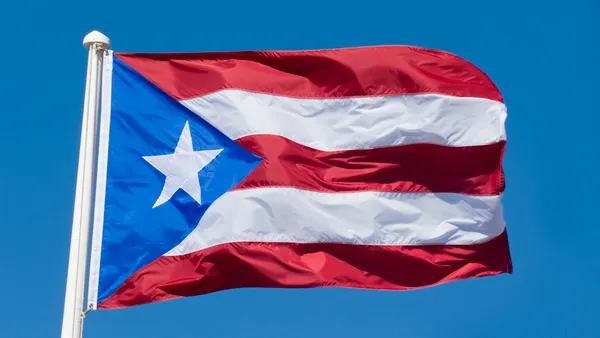Roche is in the midst of a revamp. With a renewed focus on slashing some R&D areas to streamline its pipeline, the Swiss drugmaker is betting on sales growth from its portfolio and a new stream of acquisitions to offset oncoming headwinds.
By 2028, Roche anticipates an $8 billion — reported as 6.8 billion Swiss francs — sales gap compared to 2023 from biosimilar competition, which includes copycats to several blockbusters from its wholly-owned company Genentech, according to a new company presentation to investors.
But the pharma giant isn’t sweating too hard.
According to CEO Thomas Shinecker, the company can cover the loss from “biosimilar erosion” with “the momentum we have in our portfolio,” he told investors Monday. The market portfolio has more than $16 billion (nearly 14 billion Swiss francs) in growth, the company projected, and more than $4 billion (3.7 billion Swiss francs) worth of sales in the pipeline.
Shinecker said the expected growth far outstrips the losses. The improved sales outlook stems from products Roche has already brought to market, but still have upside. And there's more to come.
“We went from eight blockbusters in 2013 to 16 blockbusters this year,” Shinecker said. “By the end of the year, we may have 17 blockbusters.”
A decade’s ambitions
As part of the presentation, Shinecker revealed Roche’s “10-year ambitions,” which included delivering “20 transformative medicines addressing diseases with a higher societal burden.” The company is focusing on five therapeutic areas, including three — cardiometabolic, oncology and neurology — that make up 50% of disease burden in the world, Shinecker said. The new focus areas also include immunology and ophthalmology.
The company unveiled plans to cut about 25% of its pipeline, The Wall Street Journal reported in September.
“We've been reallocating money, looking for areas where we can reduce our spending in order to shift into areas that are much more valuable to our business,” Shinecker said Monday. “And we've been very, very stringent in doing that.”
Roche also announced a number of acquisitions this week as part of that overhaul. Roche’s Genentech will acquire two next generation CDK inhibitor drugs targeting breast cancer from Regor Pharmaceuticals for $850 million. The purchase complements Roche’s breast cancer portfolio, which includes Genentech’s Herceptin, a HER2 targeting drug that brought in nearly $1.9 billion in sales last year. Roche has another breast cancer drug candidate, inavolisib, that could get an FDA nod Nov. 27.
Additionally, Roche announced Genentech will acquire AntlerA Therapeutics, a biotech specializing in Wnt signaling with several ophthalmology drug candidates.
Emerging markets
Roche executives were also bullish on their move into the popular obesity market, which came about after the Swiss drugmaker picked up three diabetes and weight loss drugs as part of its $2.7 billion acquisition of Carmot Therapeutics at the end of 2023. Roche announced positive phase 1 trial results in July from one of the candidates, an oral GLP-1 dubbed CT-996, as well as positive phase 1 news on an injectable GLP-1 in May.
However, tolerability data released in September for CT-996 also revealed troubling side effects that triggered worry among some investors that it ultimately won’t be competitive on the fast-growing obesity market.
Still, executives said Monday they expect combined annual sales from these drugs to reach $3.6 billion in annual sales, Reuters reported. Execs are betting on the drugs having reduced adverse side effects compared to market leaders — Novo Nordisk’s Ozempic and Wegovy and Eli Lilly’s Zepbound and Mounjaro — according to the presentation.
Several other drugmakers are also pursuing oral GLP-1s that offer a competitive edge against injectables, which some patients may be averse to taking.










